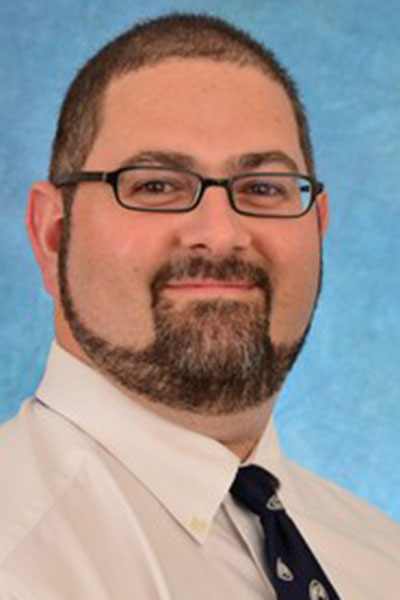More than a decade after the National Lung Cancer Screening Trial, low-dose CT screening should be both the standard of care and practice. Yet screening rates in the US remain stuck at 5% to 7%. Globally, some nations have yet to implement screening at all.

“As a health care community and as a society, you would think that we would pay enough attention to implement screening in a broad and systematic manner,” said George Z. Cheng, MD, PhD, FCCP, Vice-Chair of the Thoracic Oncology and Chest Procedures Network at CHEST, and Co-Chair of the Lung Cancer, Interventional Pulmonary, and Radiology Curriculum Group for CHEST 2023.
“It’s a no-brainer, but it doesn’t match the reality,” Dr. Cheng said. “That’s why we are devoting three sessions to lung cancer screening in Honolulu. That’s how important this topic is.”
Those lung cancer screening sessions will kick off on Monday, October 9, with Achieving Health Equity in Lung Cancer Screening, from 7:15 am to 8:15 am HST, in Room 317B at the convention center.
On Tuesday, October 10, Conducting Lung Cancer Screening in Your Community: Building and Maintaining a Sustainable Program will be held from 1:45 pm to 2:45 pm in Room 315.
The program will wrap on Wednesday, October 11, with Problem-Based Learning 2023: Lung Cancer Screening and Staging – Do’s and Don’t’s, from 8:30 am to 9:30 am, in Room 322AB. This is a ticketed session that must be added to your meeting registration.

“The operationalization of lung screening in a heterogeneous population isn’t as easy as it may seem,” added Thoracic Oncology and Chest Procedures Network Chair, Jason Akulian, MD, MPH, MBA, FCCP, Associate Professor of Medicine at the University of North Carolina Lineberger Comprehensive Cancer Center, and Co-Chair of the Lung Cancer, Interventional Pulmonary, and Radiology Curriculum Group for CHEST 2023.
“There have been iterative changes regarding the depth and breadth of screening and better quantification of disease burden within different sub cohorts of the screening population. These changes have steepened the implementation curve as programs have tried to start screening programs or achieve appropriate metrics within a preexisting screening program.”
Each of the three lung cancer screening sessions will highlight a different piece of the implementation puzzle, Dr. Cheng said. Regions and countries that have implemented screening programs are seeing variable penetration of their target populations.
Rural areas, for example, typically show lower screening uptake compared with urban areas. At the same time, rural areas have a greater need for screening because smoking rates are typically higher in rural areas.
There may also be variable uptake across different social, economic, racial, or ethnic groups as a result of societal factors.
As is the case with breast or colorectal cancer screening, lung cancer screening depends on a broad network of providers across multiple specialties. Providing low-dose CT scans is the easy part.
“We know that lung cancer screening saves lives, but delivery of any health care program requires multiple levels of engagement,” Dr. Cheng said. “You need public education and engagement to ensure that your target population is aware of screening programs. You need support from radiologists, medical oncologists, surgeons, [and] colleagues from other specialties who are involved in the spectrum of care for lung cancer. You need to engage primary care in the discussion about providing better preventive care and earlier treatment for their patients. And you need public advocacy so the demand for screening comes not from physicians but from our patients.”
Lung cancer screening criteria remains a work in progress. Up to a quarter of patients with lung cancer in the US have never smoked. In East Asia, more than half of the patients with lung cancer have also never smoked. Screening criteria will continue to change as new research better characterizes lung cancer risk factors beyond tobacco use.
“We have to grow the tent and build a bigger net to catch more early-stage lung cancers while maintaining efficacy in terms of population-based outcomes,” Dr. Akulian said. “This is an evolving piece of lung cancer medicine, a space we all have to lean into today, knowing that what we do today will change patient outcomes not only in the near term but, more importantly, in the coming decades.”
Join us at CHEST 2025
Save the date for the next Annual Meeting, October 19 to 22, 2025, in Chicago. CHEST 2025 will explore the latest advancements in pulmonary, critical care, and sleep medicine, with a focus on innovation and the future, just as the city itself embodies progress and reinvention.





